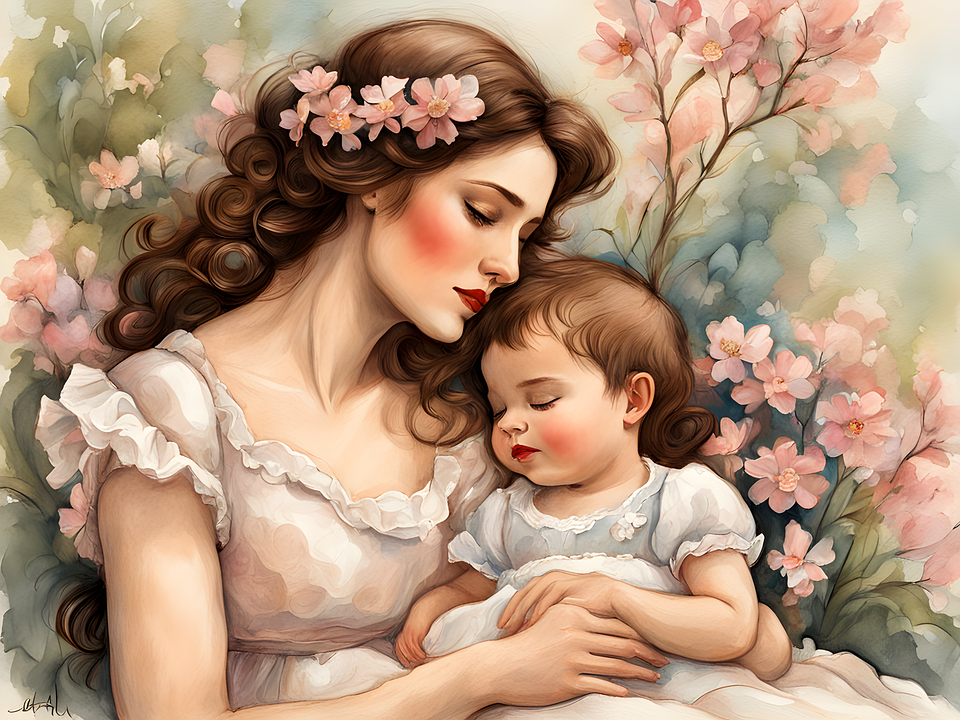Ever find yourself staring at a rainy afternoon, wondering how to keep your little one entertained without resorting to yet another episode of their favorite show? We’ve all been there, and we know that magical balance between fun and educational can feel elusive. But fear not, fellow mom, because you’re in the right place!
Welcome to She Is A Good Mommy Blog, where we understand that nurturing creativity is as important as nurturing those little tummies. Art activities are more than just messy play—they’re opportunities for growth, self-expression, and learning. In this article, we’ll dive into 20 exciting art activities guaranteed to spark imagination in your toddlers and preschoolers.
From finger painting to DIY sculptures, you’ll discover simple, budget-friendly projects that turn any day into an adventure. Ready to unleash your child’s inner Picasso and create cherished memories? Keep reading and save this treasure trove of ideas for those moments when inspiration calls!
1. Paint with Nature
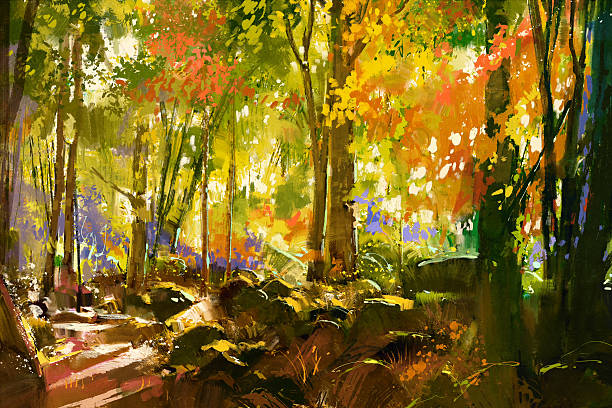
Ever tried painting with nature? It’s a delightful way to blend creativity with the great outdoors. Imagine this: your little one, paintbrush in hand, discovers the textures of leaves, twigs, and even flowers as they create vibrant masterpieces on paper. As a mom, I found that a simple walk in the park turned into an art supply hunt, gathering pinecones and feathers to use later. 🌿🎨
To get started, lay out a large sheet of paper and some washable paints. Encourage your child to dip their natural ‘brushes’ into the paint and experiment with different strokes. Not only does this activity spark imagination, but it also hones fine motor skills. As an added bonus, cleanup is a breeze when you stick to washable paints!
- Take a nature walk to collect items.
- Set up a painting area with paper and washable paints.
- Let your child explore and create freely.
Painting with nature encourages kids to see the world as their canvas, fostering an appreciation for the environment. Plus, it’s a fantastic way for parents to bond with their children while exploring creativity together. So grab a basket, head outside, and let your child’s imagination run wild!
2. Finger Paint Fun
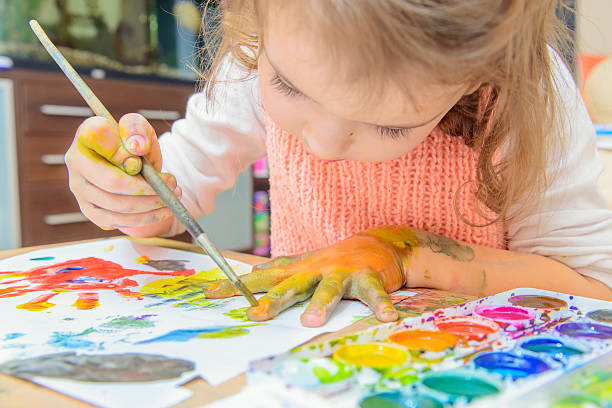
One sunny afternoon, Sarah, a mom of two energetic toddlers, decided it was time for some colorful fun. She covered the kitchen table with an old sheet and gathered some non-toxic finger paints. The idea was simple: let the kids explore their creativity with colors while developing fine motor skills. 🌈
Finger painting is not just about art—it’s an opportunity for sensory play and emotional expression. Here’s how Sarah made it work:
- She dressed her kids in old clothes to avoid any stress over messes.
- Using large sheets of paper, she encouraged them to mix colors and create patterns.
- Sarah also introduced a few household items like sponges and cookie cutters to add texture.
As they painted, Sarah noticed her toddlers experimenting with color mixing, which sparked their curiosity and creativity. The laughter and stories they shared during this activity were priceless, creating cherished memories. 😍
Incorporating finger painting into your routine can be a wonderful way to bond with your little ones, allowing both you and your children to unwind and connect. So, don’t hesitate to dive into this colorful adventure—embrace the mess and enjoy the magic! 🎨✨
3. Clay Sculpting Play

If you’re looking for a tactile and imaginative art activity, clay sculpting is a fantastic choice for your little ones. From my experience as a mom, I discovered how much my daughter loved squishing and molding clay, turning it into various shapes. It’s not just about creating; it’s about the process of exploring textures and forms.
Here’s how you can set up a clay sculpting session at home:
- Lay down a plastic mat to catch any mess.
- Provide a variety of clay colors and some basic sculpting tools (even kitchen tools work!).
- Encourage your child to create their favorite animals or fun shapes. Offer gentle guidance but let their imagination lead.
Clay sculpting helps develop fine motor skills and is a wonderful sensory experience. Plus, it offers parents a chance to engage in a creative activity alongside their child, building stronger bonds.
Remember, it’s all about the joy of creating. Whether your child makes a masterpiece or a simple shape, celebrate their effort and creativity. Your enthusiasm will inspire them to try new things and enjoy the creative process. 🎨
4. Bubble Wrap Stamping
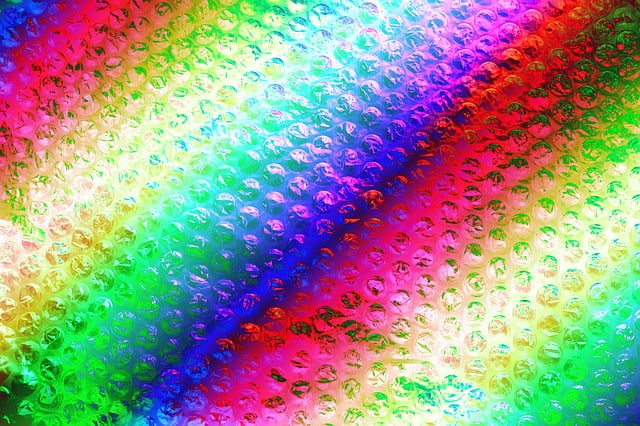
We’ve all experienced the joy of popping bubble wrap, but what if I told you it could be even more fun? Enter bubble wrap stamping, a delightful activity that transforms leftover packaging materials into a creative canvas for your little ones. As a mom of two energetic preschoolers, I found this to be a lifesaver on rainy afternoons. 🌧️
To start, gather some sheets of bubble wrap, non-toxic paint, and paper. Cut the bubble wrap into manageable pieces for tiny hands and let your child dip them into different colors. When they press the paint-coated wrap onto paper, watch as unique patterns emerge, sparking their imagination and fine motor skills.
- Lay out old newspapers or a washable tablecloth to catch any mess.
- Choose a variety of paint colors to keep things exciting.
- Encourage your child to experiment with stamping different shapes and patterns.
Not only does this activity nurture creativity, but it also provides a wonderful sensory experience. The texture of the bubble wrap and the vibrant colors make for a captivating combination.
Remember, the goal is to have fun and enjoy the process alongside your child. This shared exploration will strengthen your bond and create beautiful memories. Dive in and see where your imaginations take you! 🎨
5. Leaf Print Art
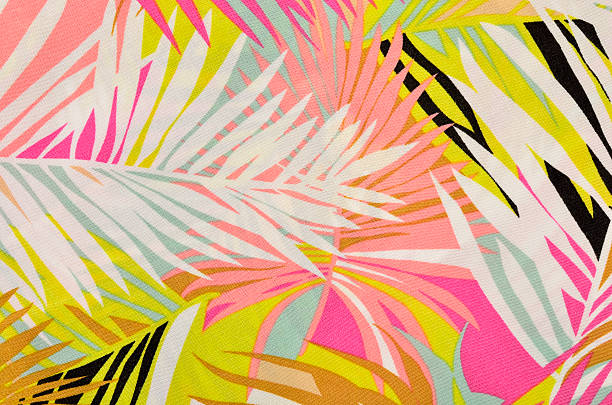
Embrace the beauty of fall with leaf print art, a delightful activity that brings the outdoors inside. One autumn afternoon, Sarah, a mom of two energetic preschoolers, found herself inspired during a family walk. Her kids were fascinated by the vibrant leaves on the ground, so she decided to turn their collection into a creative art project.
To create leaf print art, follow these simple steps:
- Gather an assortment of leaves in various shapes and sizes during a nature walk. 🍂
- Lay the leaves flat on a table with the textured side facing up.
- Use brushes to apply a thin layer of non-toxic paint over the leaves.
- Press the painted side of the leaf onto a piece of paper and gently rub to transfer the pattern.
- Carefully lift the leaf to reveal a beautiful print!
This activity is not only fun but also educational, helping children learn about different leaf shapes and textures. For parents, it’s an opportunity to bond with their kids while nurturing a love for nature and creativity. Plus, the finished artwork makes for personalized decor or heartfelt gifts for family members. 🎨
With each leaf print, you’re creating priceless memories and encouraging your child’s artistic expression. Remember, the messier the project, the greater the fun! 🌟
6. Sponge Painting Magic

Unleash your toddler’s inner artist with the delightful world of sponge painting! This tactile activity involves using different shaped sponges dipped in bright paints to create unique masterpieces. It’s a wonderful way for children to explore textures and colors while enhancing their fine motor skills.
Imagine setting up a mini art studio in your kitchen with just a few materials. I remember our first sponge painting session—my little one was fascinated by how the paint spread and mixed on the paper, creating unexpected patterns. The best part? Cleanup is a breeze with washable paints and a drop cloth!
- Gather various sponges, paints, and paper.
- Cut sponges into fun shapes like stars and hearts.
- Encourage your child to dip and stamp, watching their creativity unfold.
As you paint alongside your child, you’ll find it’s not just about the art itself but the bonding experience it creates. This activity encourages open-ended exploration and boosts confidence as kids see their visions come to life on paper.
With sponge painting, each session ends with a colorful memory and a stronger parent-child connection. So grab those sponges and paints, and watch the magic happen! 🌈
7. Rainbow Rice Sensory
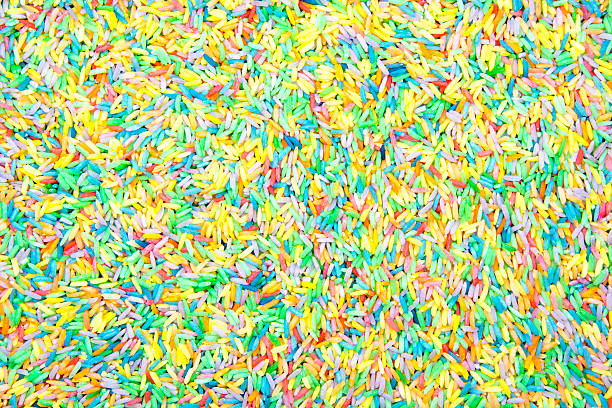
Creating rainbow rice for sensory play is a vibrant way to engage your toddler’s senses and spark creativity. Sarah, a busy mom of two, swears by this colorful activity to keep her little ones entertained on rainy afternoons. The process is simple and stress-free!
- Gather uncooked rice, food coloring, vinegar, and ziplock bags.
- Divide the rice into separate bags, adding a few drops of food coloring and a teaspoon of vinegar to each.
- Seal the bags and let your child shake them to mix the colors. It’s a fantastic way to improve their motor skills!
- Spread the rice on a tray to dry. Once ready, pour it into a sensory bin and let the fun begin!
Not only does this activity promote fine motor development, but it also encourages imaginative play. You can bury small toys in the rice for a treasure hunt or practice color recognition by sorting the rice into different bowls.
Experimenting with textures and colors can be a calming experience for both parent and child, offering a moment of peace amidst a busy day. Embrace the mess, and remember that creativity often thrives in a little chaos. Enjoy watching your child’s imagination soar! 🌈
8. Paper Plate Masks
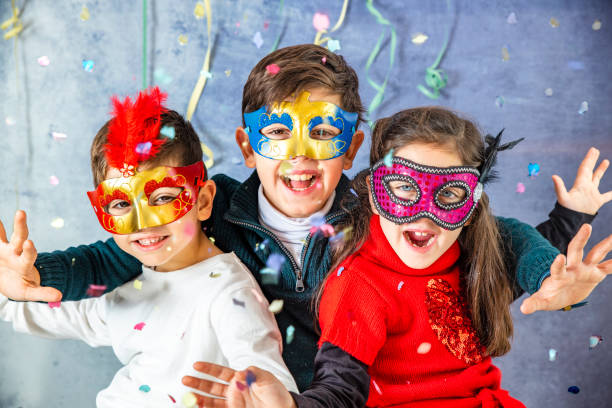
Diving into the world of paper plate masks is a delightful way for toddlers to explore their creativity. As a mom, I found this activity not only sparks imagination but also provides a fantastic opportunity for some quality bonding time. My little one loves transforming into different animals or characters, and it’s amazing to see her creativity flourish. 🦁🎨
Here’s a simple guide to get started:
- Gather materials: paper plates, markers, glue, child-safe scissors, and decorative items like feathers or yarn.
- Let your child decide if they want to create an animal, superhero, or even a funny face.
- Assist them in cutting out holes for eyes and attaching a string or stick for holding the mask.
- Encourage them to color and decorate their mask, adding unique touches.
Not only does this activity enhance your child’s fine motor skills, but it also boosts their confidence as they show off their creations. Parents benefit from the peaceful moments of watching their little ones engrossed in creativity. Plus, you can keep these masks for future dress-up play!
Remember, the joy and laughter shared during these moments are what truly make them special. Enjoy the process and cherish the memories made. 💖
9. Egg Carton Creatures
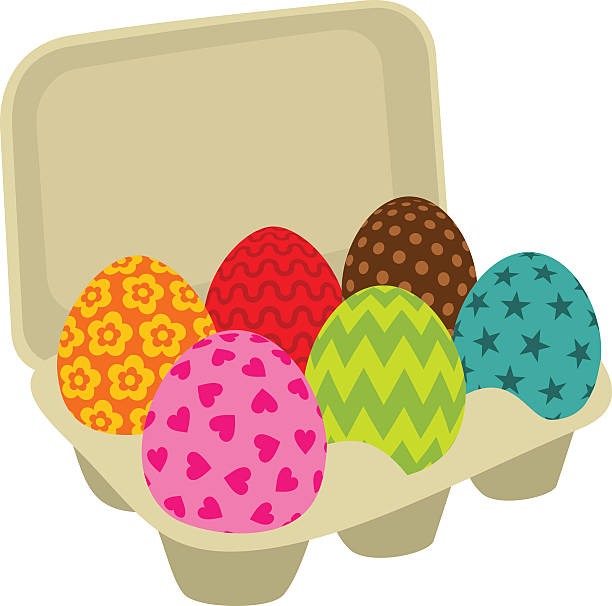
Transforming old egg cartons into imaginative creatures can be a delightful way to spend an afternoon with your little ones. One mom, Jessica, shared how her daughter, Lily, loves turning these humble materials into a zoo of animals, each more colorful than the last. This activity not only sparks creativity but also teaches kids about recycling and resourcefulness.
Here’s how you can get started:
- Gather materials: egg cartons, child-safe paint, googly eyes, pipe cleaners, and glue.
- Help your child cut the egg carton into individual sections.
- Encourage them to paint and decorate each section to create different creatures. Let their imagination guide them! 🐢🐞
- Use pipe cleaners for antennas or legs and googly eyes to bring the creatures to life.
As a parent, you’ll find that this activity not only fosters creativity but also improves your child’s fine motor skills and hand-eye coordination. Plus, it’s a chance for you to bond while exploring new ideas together.
Embrace the mess, and remember, it’s about the creativity and joy that come from spending quality time together. Each creature is a unique memory you and your child are creating. Keep those little masterpieces and watch your child’s confidence soar as they proudly display their work! 🌟
10. Yarn Weaving Wonders
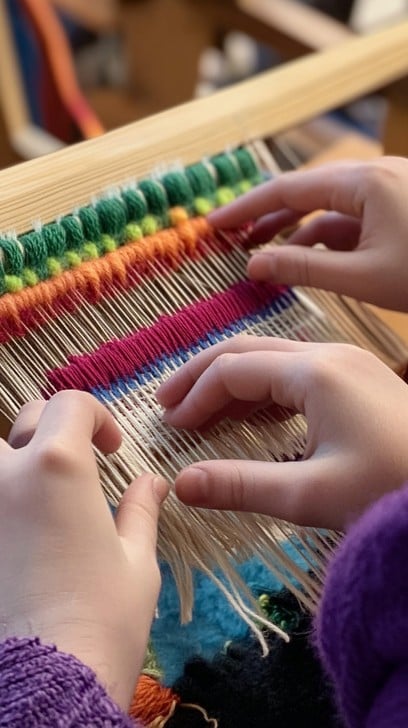
Yarn weaving is a delightful way to engage your child’s creativity while enhancing their fine motor skills. Picture this: a quiet afternoon at home, your toddler or preschooler sitting at the kitchen table, deeply focused on weaving colorful yarn through a simple cardboard loom. This activity not only fosters concentration but also encourages patience and dexterity.
From a mom’s perspective, it’s a win-win. Sarah, a mom of three, shares how her youngest loves picking out colors and seeing the patterns come to life. “It’s like watching them paint with yarn,” she says. To get started, gather a few basic supplies: cardboard, yarn in various colors, and scissors.
- Cut the cardboard into a loom shape, with small slits on each end to hold the yarn.
- Demonstrate how to weave the yarn over and under the slots.
- Encourage your child to create different patterns and explore color combinations.
Besides the creative benefits, weaving provides a sense of accomplishment. When your child finishes a piece, their eyes light up with pride—a moment worth cherishing! Plus, it offers you some quiet time to sip your coffee ☕️ and recharge.
Remember, the goal is to enjoy the process and celebrate the small victories. Let this be a gentle reminder that every thread woven is a step toward building confidence and creativity in your little one. Happy weaving! 🧶
11. Chalkboard Doodles

Chalkboard doodling is a delightful way to let your toddler’s creativity run wild without the worry of permanent messes. Imagine setting up a small chalkboard easel on your patio, allowing your child to illustrate their imaginative tales under the open sky. It’s a scene that mom Jessica loves. Her three-year-old, Mia, often spends hours concocting stories with colorful chalk, transforming the simple board into a vibrant world of rainbows and unicorns. 🌈🦄
To make the most of this activity, consider these steps:
- Choose a chalkboard that is easily accessible and at your child’s height.
- Provide a variety of chalk colors to spark their interest.
- Encourage your child by joining in and drawing simple shapes or letters.
Not only does this activity foster creativity, but it also enhances fine motor skills and hand-eye coordination. Plus, clean-up is a breeze! Simply dust off the chalkboard and you’re ready for the next artistic adventure.
Remember, every doodle is a story waiting to be told. Embrace the process, and watch your little one’s confidence and creativity flourish. 🎨✨
12. Watercolor Splashes

Watercolor splashes can be a delightful and mess-free way for toddlers and preschoolers to unleash their creativity. Imagine the excitement as your little one dips a brush into watercolors and dabs it onto paper, watching the colors blend and swirl. This activity not only taps into their artistic side but also improves hand-eye coordination and color recognition.
From a mom’s perspective, setting up a watercolor station is simple and stress-free. All you need is a set of non-toxic watercolors, a few brushes, and some thick paper. Spread out an old tablecloth or newspaper to catch any spills, and let your child explore the magic of colors. 🖌️
- Prepare a workspace with easy-to-clean surfaces.
- Provide a variety of brush sizes for different strokes.
- Encourage your child to experiment with mixing colors.
- Display their artwork proudly to boost their confidence.
Parents benefit too, as this activity allows for a few moments of quiet while kids are deeply engaged. Plus, it’s an opportunity to bond by painting alongside each other. Embrace the splashes and cherish the moments; after all, creativity is a journey, not a destination. 🎨
Encourage your little artist today and see where their imagination takes them. Small hands can create big dreams! 🌟
13. Pasta Necklace Craft
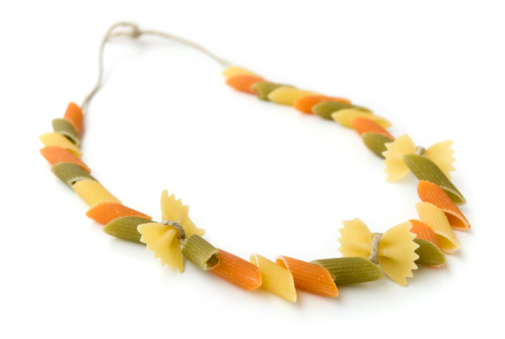
Transforming uncooked pasta into vibrant necklaces can be a delightful way for toddlers and preschoolers to explore creativity. From a mom’s perspective, this activity is not just about crafting but also about creating memories. Imagine sitting at the kitchen table with your little one, a rainbow of dyed pasta spread out, and the giggles as they string the pieces together. 🎨
Here’s how you can get started:
- Gather pasta of different shapes, like penne or rigatoni, and food coloring.
- Dye the pasta in your child’s favorite colors. A simple method is to mix pasta, a teaspoon of vinegar, and food coloring in a ziplock bag. Shake until evenly coated, then let it dry.
- Once dry, provide string or yarn and encourage your child to thread the pasta, creating colorful patterns.
This activity is not only fun but also enhances fine motor skills and color recognition. Plus, it offers a sense of accomplishment when they wear their handmade jewelry. 🎈
By engaging in simple crafts like pasta necklaces, you’re nurturing creativity and patience. Remember, it’s about the joy of doing something together, not perfection. Keep crafting and enjoy the colorful journey! 🌈
14. Foam Sticker Collage
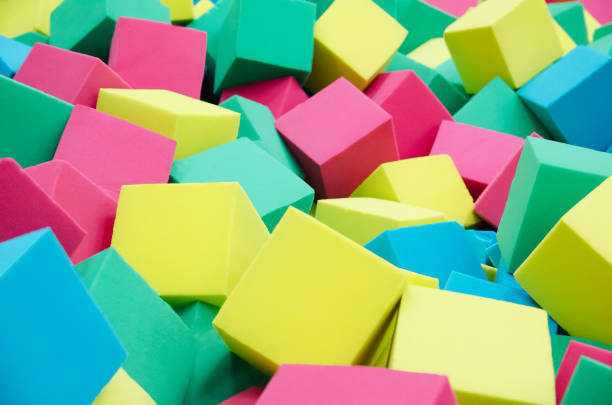
Foam sticker collages are a delightful way to engage toddlers and preschoolers in creative play. As a mom, I’ve found this activity to be a lifesaver during those hectic mornings when my little one needs a fun distraction. Foam stickers come in a variety of shapes and colors, allowing for endless possibilities in design. Plus, they’re easy to peel and stick, making it a great way to improve fine motor skills 🖐️.
To get started, gather a pack of foam stickers and some thick paper or cardboard. Set up a designated art area to contain the mess. Encourage your child to create scenes or patterns, and watch their imagination soar! You might notice their stories evolve as they add each sticker, which is a joy to witness.
- Lay out all materials within your child’s reach.
- Guide them initially, showing how to peel and stick.
- Step back and let them lead, offering support as needed.
- Celebrate their artwork by displaying it on the fridge or a special wall.
The benefits are twofold: kids develop hand-eye coordination while parents enjoy a few moments of peace. This activity helps build your child’s confidence as they see their creation come to life.
Remember, the goal is to have fun and let your child’s creativity shine. Every sticker placed is a step towards a masterpiece! 🌟
15. Pom-Pom Ice Creams
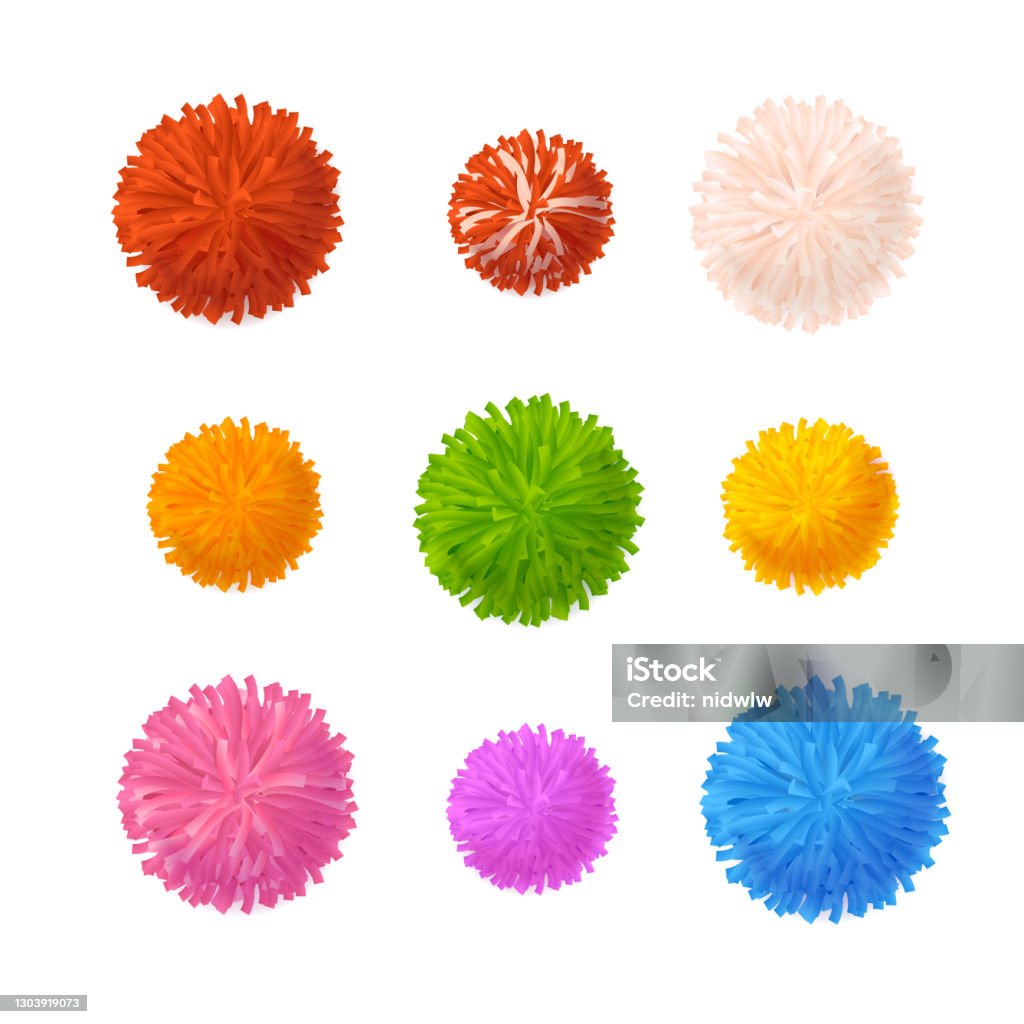
Transforming simple pom-poms into colorful ice cream creations is a delightful art activity that sparks imagination and fine motor skills in toddlers and preschoolers. As a mom, Sarah found this to be a perfect rainy-day project. Her two-year-old, Lily, was mesmerized by the vibrant colors and soft textures.
To get started, gather pom-poms in various sizes, paper cones (which can be cut from construction paper), and some non-toxic glue. Encourage your child to choose their “flavors” by selecting different colored pom-poms. This decision-making process is a fantastic opportunity to explore color recognition and counting.
- Help your child apply a small amount of glue to the rim of the cone.
- Press the pom-poms onto the cone, stacking them to resemble a scoop of ice cream.
- Let the creations dry for a few minutes before displaying them proudly on your kitchen counter.
Not only does this activity nurture creativity, but it also allows for valuable bonding time. Plus, it’s an excellent way to practice patience and precision.
Remember, the best part of these art projects is sharing in your child’s joy and creativity. Dive into the fun and cherish these simple moments of discovery! 🌈
16. Button Tree Art

Creating Button Tree Art is a delightful way to nurture your child’s creativity while also sneaking in some fine motor skills practice. Imagine this: after a morning filled with errands, you and your little one cozy up in the living room. A simple canvas or sturdy paper, some colorful buttons, and glue are all you need to transform that cozy moment into an artful afternoon.
Here’s how you can set it up:
- Draw a tree trunk and branches on the canvas or paper. Let your child help, even if it’s just wiggly lines—they’ll love seeing their ideas come to life. 🌳
- Sort through your button collection together, discussing colors and sizes. This can be an excellent opportunity for learning new words and counting.
- Glue the buttons onto the branches as “leaves,” encouraging your child to decide where each button should go. This decision-making fosters independence and creativity.
As a mom, you get to enjoy a quiet moment to sip your coffee while your child is engaged and focused.
Button Tree Art is not just an art project but a bonding experience. You’ll cherish the memories of creating together and the beautiful artwork that decorates your home. Embrace the mess and the laughter—it’s all part of the magic of parenting. 🎨✨
17. Nature Collage Creations
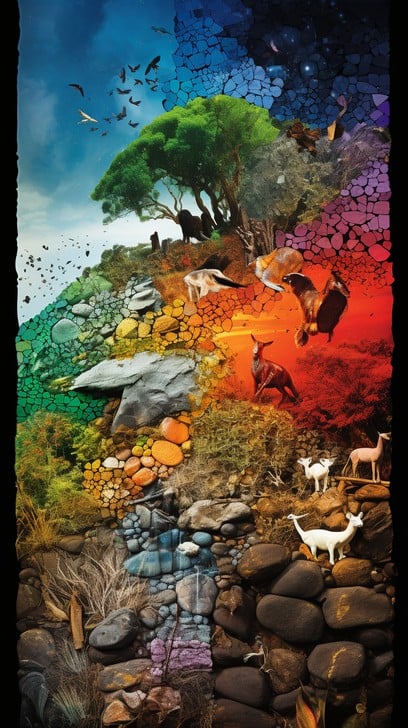
Nature Collage Creations are a fantastic way to combine creativity with the great outdoors. Imagine a sunny afternoon where you and your toddler roam through your backyard or a nearby park, collecting leaves, twigs, and flowers 🌻. Not only does this activity stimulate your child’s imagination, but it also instills a sense of appreciation for nature.
Here’s how you can get started:
- Take a walk with your child, encouraging them to pick up interesting natural items.
- Once home, lay out the collected treasures on a large piece of paper or cardboard.
- Provide glue, scissors (for you to use), and additional art supplies like crayons or glitter.
- Let your child arrange and glue their finds, creating a unique collage.
From a mom’s perspective, this is a win-win activity. It offers a delightful mix of educational play and quality bonding time. As your little one shares their collage story, you’re nurturing their storytelling skills and boosting their confidence.
Embrace these moments of creativity and connection, knowing they are building blocks for your child’s development. Remember, the mess is temporary, but the memories are forever. Happy crafting! 🌿
18. Cardboard Castle Build
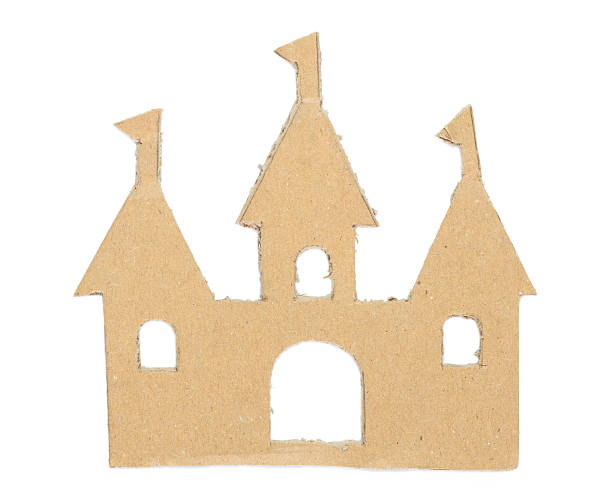
Transform everyday cardboard boxes into a majestic castle with your little ones, sparking creativity and imagination. This activity allows toddlers and preschoolers to become mini-architects, using their hands and minds to think outside the box—literally! As a mom, Sarah discovered how engaging this could be on a rainy afternoon, turning an old appliance box into a wondrous fortress for her two kids.
- Gather various cardboard boxes, scissors, tape, and markers.
- Help your child cut out windows and doors, and stack boxes to form towers.
- Encourage decorating with paint or stickers to personalize their castle.🖌️
- Let their imagination run wild as they play within their cardboard creation!
This activity not only recycles materials but also enhances fine motor skills and spatial awareness. It provides a rich opportunity for creative expression while keeping kids entertained for hours. As parents, you get to enjoy seeing their imaginative worlds come to life.
Remember, it’s not about perfection but the joy of creating something unique together. Dive into this cardboard adventure and watch your children’s eyes light up with pride.✨
19. Tissue Paper Stained Glass

Imagine the joy of watching your little one transform ordinary tissue paper into a colorful masterpiece! Tissue paper stained glass is an engaging activity that combines creativity with a hint of magic. As a mom, I found this to be the perfect rainy-day project, offering both entertainment and developmental benefits.
To get started, you’ll need tissue paper in various bright colors, clear contact paper, and scissors. Here’s how you can create your own stained glass effect:
- Cut the tissue paper into small squares or fun shapes.
- Peel the backing off a piece of contact paper and place it sticky-side up on a table.
- Let your child arrange the tissue paper pieces on the sticky side to form a colorful mosaic.
- Once finished, seal it with another piece of contact paper.
- Trim the edges, and voila! You have a beautiful creation ready to be displayed on a sunny window. 🌞
Engaging in this activity not only enhances fine motor skills but also encourages decision-making and color recognition. Plus, the end result adds a touch of personalized beauty to your home.
Remember, the process is just as important as the final product. Celebrate each small decision your child makes. This nurturing approach fosters confidence and creativity, crucial stepping stones in their developmental journey. 🌈
20. Feathered Friends Craft

Creating a “Feathered Friends Craft” can be a delightful way for toddlers to explore textures and colors while nurturing their creativity. Imagine your little one as they transform simple materials into vibrant birds 🐦. This activity is not only fun but also helps in developing fine motor skills as they grasp and glue feathers.
As a mom, I found that setting up this craft was a breeze and kept my kids engaged for a good hour. To get started, gather some colorful feathers, construction paper, glue, and markers. Encourage your child to choose their feather colors and decide on their bird’s unique look.
- Cut out simple bird shapes from construction paper.
- Let your child glue feathers onto the cutouts, creating a “feathered friend.”
- Use markers to add eyes and beaks for a finishing touch.
This activity offers a wonderful opportunity for you to discuss different types of birds and their habitats, sparking curiosity and learning. Plus, it’s a charming way to decorate your fridge or playroom.
Through these creative endeavors, children learn to express themselves and gain confidence in their abilities. So next time you’re looking for an engaging activity, remember the joy of crafting “Feathered Friends” together. It’s a simple, joyful way to bond and make memories. 🌟
As we’ve explored these 20 creative art activities, ranging from finger painting to homemade playdough, we’ve highlighted how each one can spark imagination and nurture creativity in toddlers and preschoolers. These activities are not just about creating art; they’re about building confidence, developing motor skills, and fostering a love for exploration and self-expression.
Remember, every brush stroke or squish of clay is a step toward your child’s growth and joy. So roll up those sleeves and dive into the world of colors, textures, and endless possibilities. Whether you’re crafting colorful collages or engaging in sensory play, each project is a chance to create cherished memories with your little ones.
Don’t let this treasure trove of ideas slip away—pin this article now to have these inspiring activities at your fingertips whenever creativity calls. By saving this guide, you’re equipping yourself with the tools to make every day a masterpiece of learning and fun.
Start today, and watch your child’s creativity blossom like never before. Because in their little hands lies a world of wonder waiting to unfold. 🌟
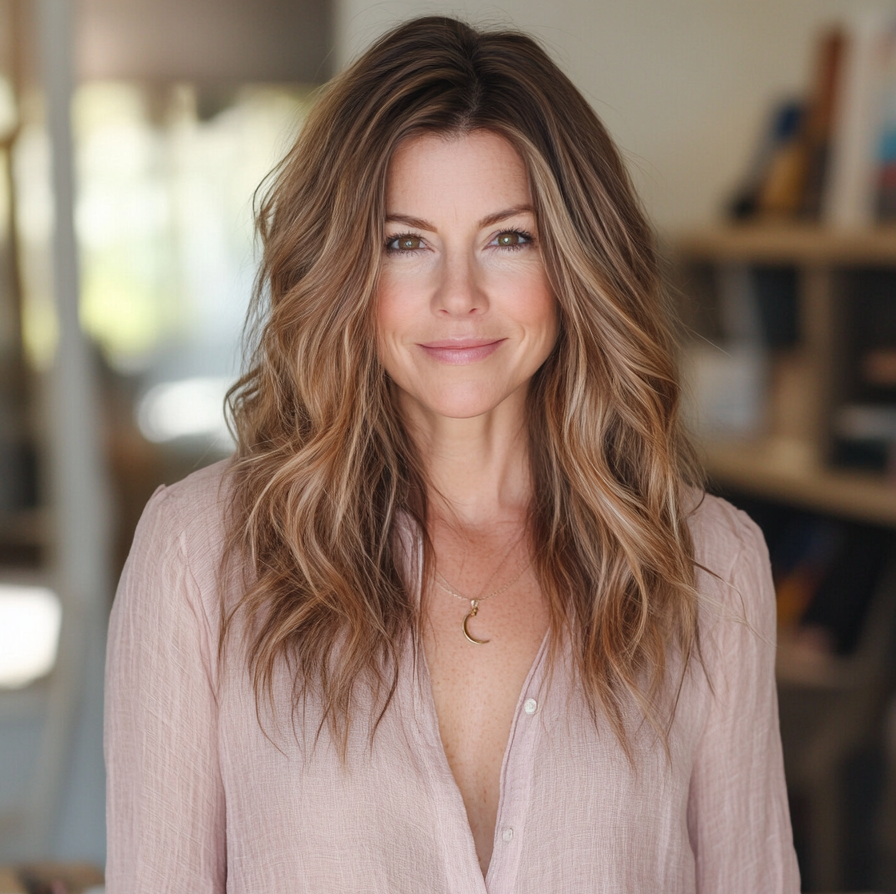
Hi, I’m Sarah West, the voice behind She Is a Good Mommy and a proud mom of two. Through this blog and my Pinterest community (@SheIsAGoodMommy), I share practical parenting hacks, fun toddler activities, and tips for balancing motherhood with self-care.
Parenting isn’t easy, but with positivity, patience, and practical strategies, it can be incredibly fulfilling. My goal is to support fellow moms with ideas and encouragement while reminding you to prioritize your well-being—you deserve it, Mama!

